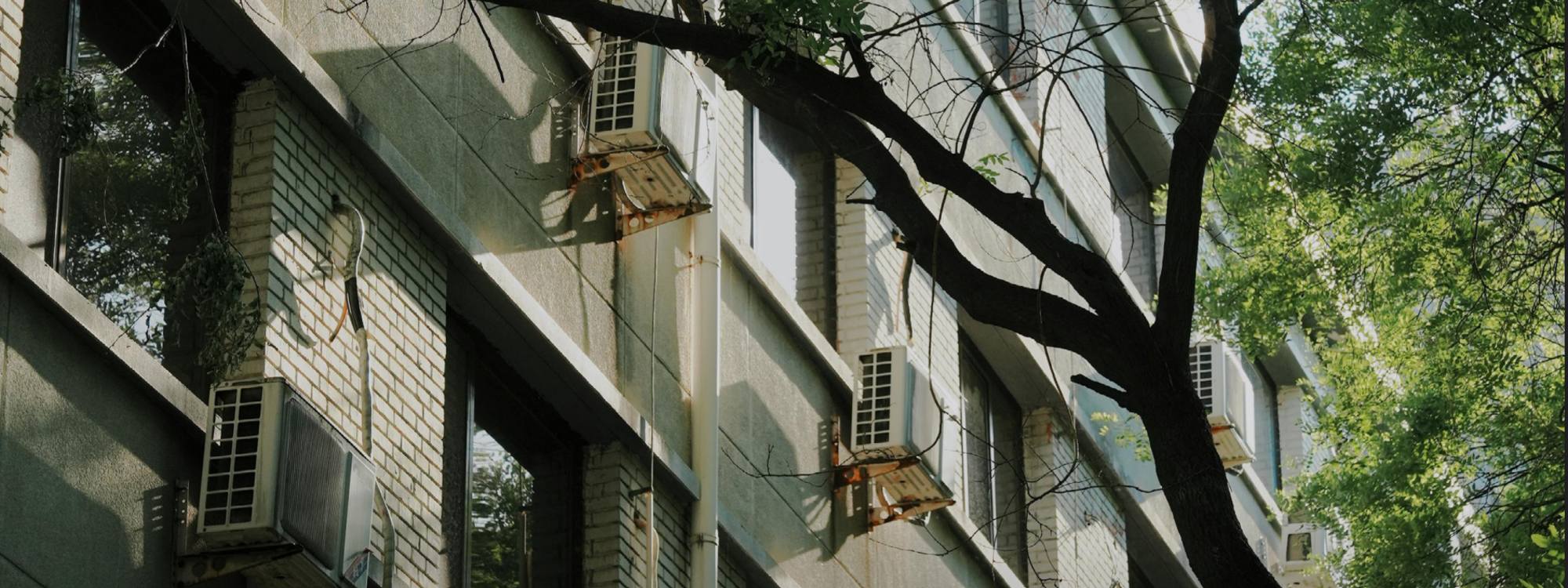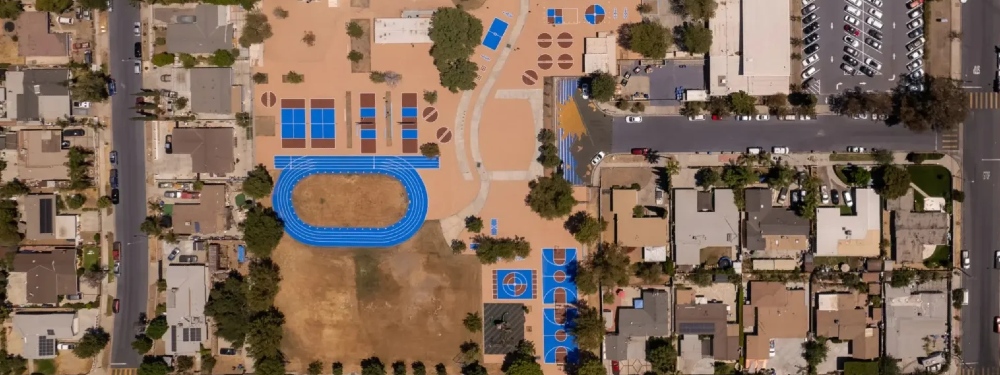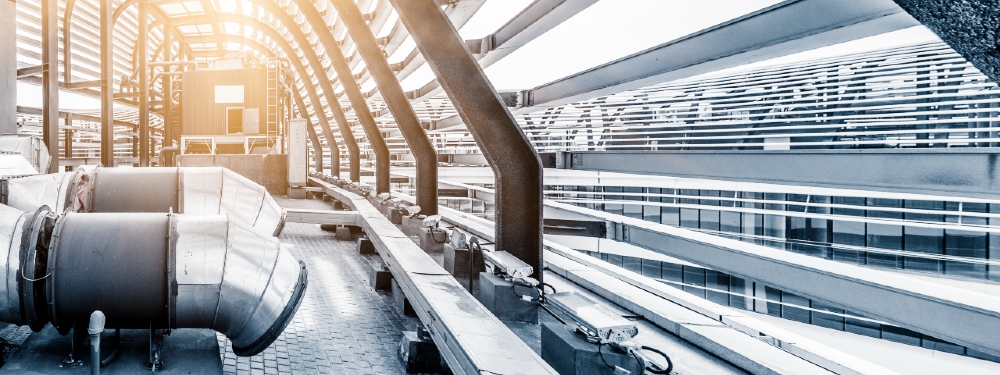Leave no one behind: Efficient, climate-friendly cooling for ALL
‘Leave no one behind’ is the central promise of the UN Sustainable Development Goals (SDGs), yet billions of people lack access to efficient, climate-friendly cooling. We simply cannot achieve the SDGs, be it poverty reduction, zero hunger, better health and wellbeing, sustainable cities, or climate action, without securing universal access to clean cooling. Social inequity is a significant barrier to cooling access, with marginalized and low-income communities being both the most vulnerable to extreme heat and the least likely to be able to access thermal comfort. This needs to change, but how?
“It was getting hotter,” the novel begins. “…It felt dangerous even to talk, one would overheat. And what was there to say anyway? It was too hot to think.”
In his 2020 sci-fi novel Ministry for the Future, Kim Stanley Robinson opens with a harrowing account of a deadly, extreme heat wave that strikes India in the near future. It is hard to read. And it becomes even more excruciating when you realize what reads like science fiction is radically becoming a present-day reality for many.
The inequities of cooling access
Over 1 billion people across our warming world experience the worst impacts of extreme heat due to lack of access to cooling. In Bangladesh, the ongoing climate crisis has led to the displacement of millions of people, many of whom often end up in the slums of over-crowded cities, where informal housing structures are typically assembled from high heat-absorbing materials like corrugated tin or iron. In Kenya, Nairobi’s informal settlements have seen temperatures that were up to 4.8°C warmer than the city’s official weather station nearby. And this is not just an issue in developing countries; in the United States, intensified extreme heat waves disproportionately affect low-income, BIPOC communities, and other marginalized groups. According to a recent story in Time, in the U.S., how you experience the heat “depends on your race and your zip code”.
As we race to curb the greenhouse gas (GHG) emissions of the cooling sector, it is important that we also address the cooling access gap and build resilience to protect the most vulnerable from rising temperatures.
Making ‘cooling for all’ a reality
Earlier this week at the Cooler Homes, Stronger Communities COP26 side event, we heard from frontline innovators such as Mahila Housing Trust about how grassroot groups and local organizations are delivering cooling equity through championing passive cooling solutions from the ground up. Echoing this bottom-up approach are the ten teams of the Million Cool Roofs Challenge (MCR), which are delivering solar reflective “cool” roofs as a key passive cooling solution in countries where there is an acute lack of access to cooling. In Cote D’Ivoire, two social enterprises – Social Tech and MonArtisan – tapped into the strength of their own communities to unlock the benefits of cool roofs. The team mobilized schools and the surrounding communities to recycle plastic waste and sell it on to recyclers, thereby generating the funds to deploy cool roofing in their communities. In Kenya, MCR finalist Steam Plant Ltd focused on installing cool roofs in two major informal settlements in Nairobi, improving learning, working, and living conditions for over 7,800 inhabitants.
And we firmly believe that grassroot climate heroes should not be fighting this fight alone. We need cooling equity champions from governments, businesses, and organizations small and large to join force. In addition to scaling up localized, low-cost passive cooling solutions, multiple strategies should be applied to bridge the cooling access gap:
- Improving the energy efficiency of low-cost cooling appliances such as fans, through higher efficiency standards to cut operational expenses for low-income households and thereby making thermal comfort more accessible.
- Introducing consumer-targeted financial incentives such as on-bill financing and rebate programs, to enable low-income communities to access to a range of efficient, climate-friendly mechanical cooling appliances, which often require a higher upfront cost compared to inefficient and polluting models.
- Providing financial assistance for operational costs of cooling e.g., energy bills. We need to look beyond just the delivery of efficient and clean cooling products to also help low-income households address challenges they face during the operation phase.
- Developing city-wide sustainable cooling action plans, including equitable infrastructure development (e.g., green space) and initiatives that protect vulnerable populations during times of extreme heat (e.g., cooling centers).
- Utilizing more passive cooling techniques such as reflective building materials, increased greenspace, and improved shading and ventilation, to reduce households’ reliance on more costly mechanical cooling.
- Addressing the cooling needs of at-risk communities across thermal comfort, food security, and health services to bring forth a comprehensive range of sustainable cooling solutions.
In this collective mission to enhance cooling equity, it is not only what we do that matters but also how we do it. As the key stakeholder in this equation, we must ensure that the voices and ideas of local communities are heard throughout the whole process. Governments, international organizations, and sustainable cooling businesses must work alongside frontline communities to build solutions with those who are most impacted, not for them.
If we’re to ensure efficient-climate-friendly cooling for all, as required for the achievement of several climate and development goals, then we must address the issue of social equity. Without cooling equity, many, many people will be left behind.



